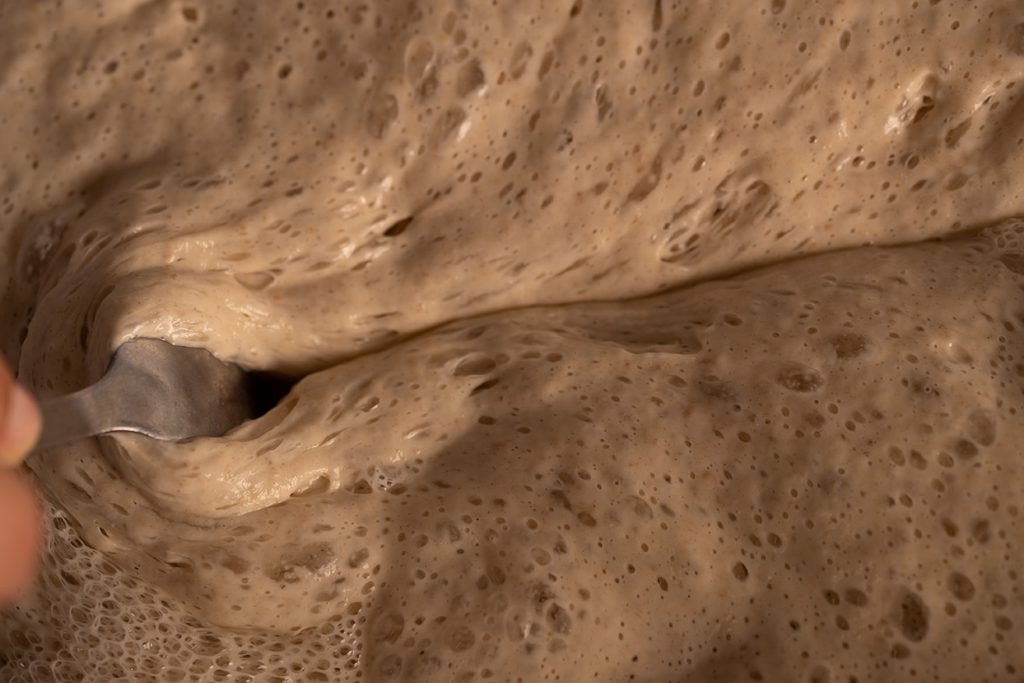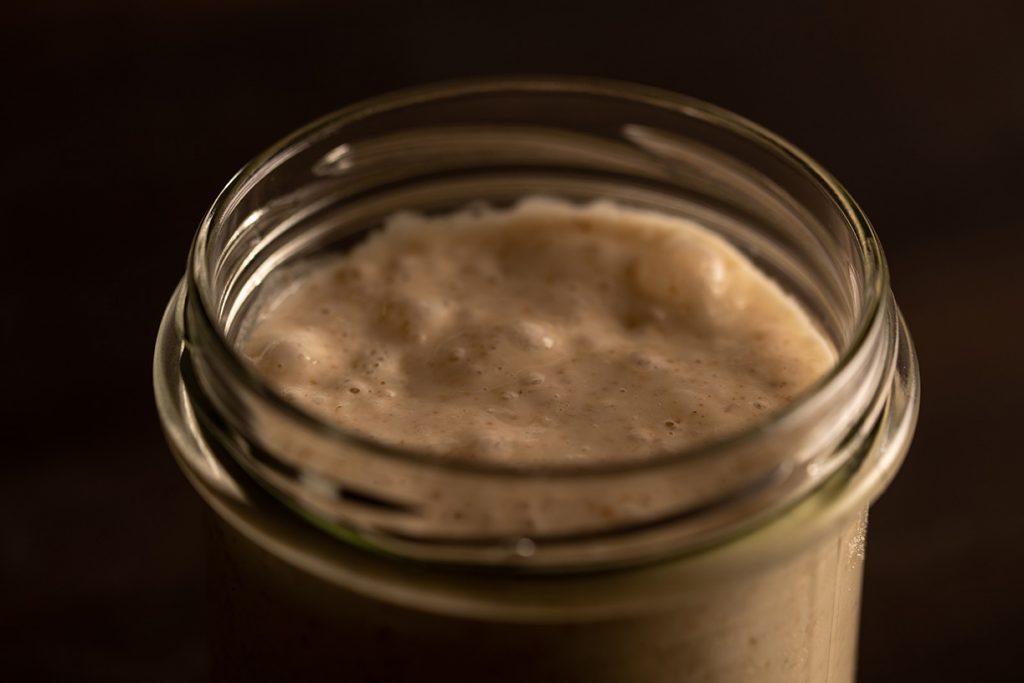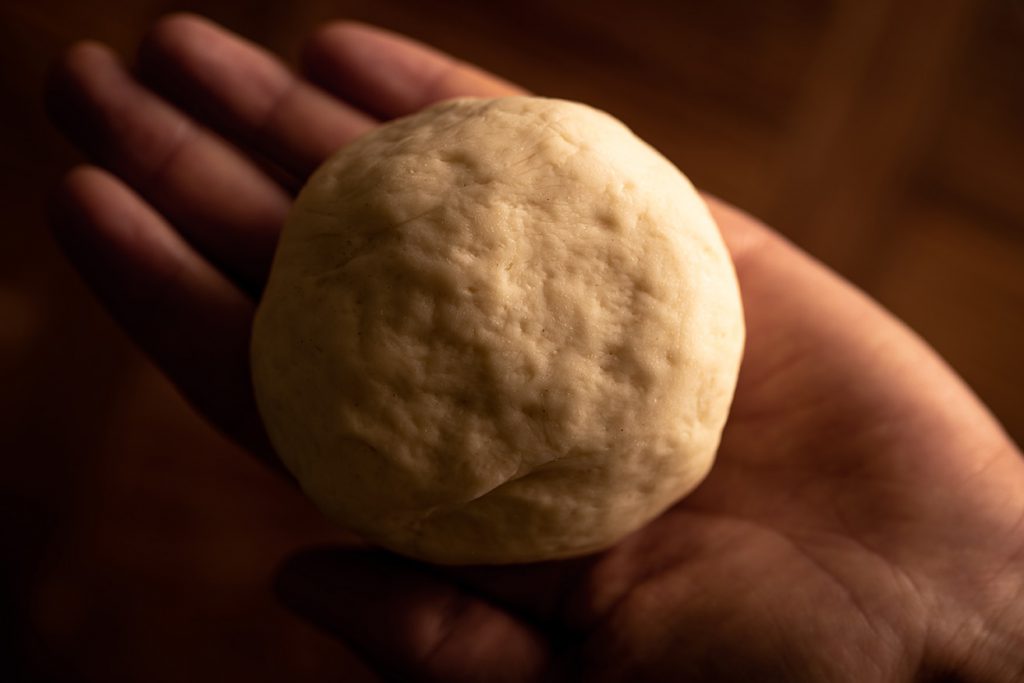We keep saying that not all sourdough starters are the same, that each one is unique. Even if your starter was not your own doing, that is if you got it from someone, now that starter is yours and has little to do with the starter it originated from.

What is of particular interest in a sourdough starter are the following factors:
- Acidity
- Proofing power
Acidity id given by, you guessed it, the acids that are being produced by your starter. But this runs a bit deeper than just measuring the acidity (or pH) of a starter and it has more to do with the ratio between the acids in your starter, that is what gives it its unique smell and taste. The main acids produces in a sourdough are the following (there are more acids present in the starter, but these two are usually dominant):
- Lactic acid
- Acetic acid
When acetic acid is produced in excess, that makes your starter extra sour, which can then turn your loaves very sour as well. Proofing power mostly has to do with how active the wild yeasts in you sourdough starter are, the more active, the more proofing power the starter will exert.
So how can we manipulate the starter based on these factors, what tools do we have?
- The flours used to maintain the culture
- Temperature
- Feeding schedule
- Hydration of your starter

Let’s take them one by one.
1. Flour
Wholemeal and rye flours usually encourage acetic acid production and they also support fermentation. White wheat flour, on the other hand, favors the production of lactic acid and is slower to ferment. What that means is that if your starter is very sour or if it matures very quickly and you are feeding it with rye or wholemeal flours, you could consider feeding it with white bread flour.
2. Temperature
Higher temperatures (by which we mean room temperatures or slightly over RT, not more) encourage a more rapid fermentation and lactic acid production. That means that if your starter is very quick to double or triple its volume after feeding and you are keeping it in a very warm (say 30 C) spot, you might want to consider moving it to a cooler place. As the temperature decreases, fermentation slows and there is more acetic acid produced. That is the reason why you need to feed your starter 1-2 times after you had it in the fridge before you use it for breadmaking, because a starter that has been in the fridge for several days has a reduced fermentation power and produces a lot of acetic acid, thus rendering the bread sour.
3. Feeding schedule
A starter that is fed more often or in greater ratios (the greater the x in the 1:x:x ratios) is less acidic, whilst a starter that is fed less or less often will be more sour. That means that if you see that your starter is too acidic, you might consider feeding it more often (e.g. every 8 hours) or in greater ratios (1:4:4 instead of 1:3:3). A starter you feed 1:1:1 will be extremely hungry and acidic, so if you’re thinking to skimp on the feeding ratios, sorry, not a clever idea.
Also, if you see that your starter is very quick to ferment after feeding, you might consider feeding it in greater ratios.
4. Hydration
The higher the hydration, the more fermentation power your sourdough starter has and the less lactic acid it produces. That means that a higher hydration sourdough will have, under similar circumstances, a higher proofing power than a stiff starter.

So you can keep these four factors in mind whenever you need to troubleshoot your starter or simply when you’re trying to achieve a certain result. If you’re aiming at making an extra sour loaf, you might want to feed your starter wholemeal flour or keep it at a lower temperature. If the opposite is the case, you find that your breads are too sour, you might want to feed your starter more often, with bread flour only and keep it at room temperature. There is no right or wrong, there is no unique way of doing things, you need to simply try out what works for you and then adjust as you go by.
